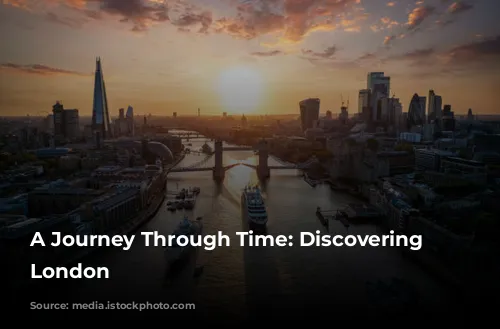Step back in time and uncover the secrets of Roman London! The bustling metropolis we know today was once a thriving Roman settlement, and remnants of its ancient past are still waiting to be discovered. From majestic city walls to hidden bathhouses and even a glimpse into the world of gladiators, the City of London holds a treasure trove of Roman history.

Buried Treasures: Unveiling the Past
Imagine stepping into the basement of an ordinary office building and finding yourself face-to-face with the remains of a 2,000-year-old Roman home and bathhouse! This remarkable discovery, unearthed in 1848, offers a window into the lives of Romans who once called this city home. The preserved remains feel like archaeologists just left the site yesterday, offering a glimpse into the past.
These incredible ruins are accessible on pre-booked tours held on Saturdays from April to November, offering a fascinating experience for adults and children alike. While you’re exploring, don’t forget to check out the Billingsgate Roman House and Baths for a deeper dive into this fascinating chapter of London’s history.
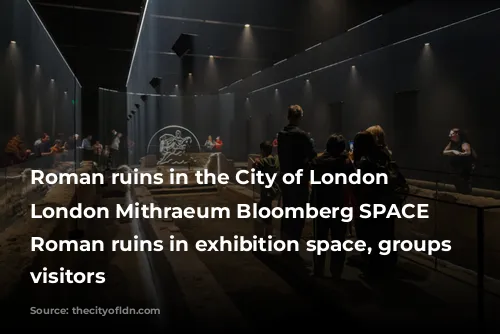
Where Gladiators Once Battled: The Guildhall Art Gallery
Step into the tranquil Guildhall Art Gallery, and imagine a scene of fierce gladiatorial combat and public executions taking place before a roaring crowd. This was the site of a Roman amphitheater, a remarkable discovery made during the construction of the gallery in 1988.
The amphitheater’s remains, including the entrance tunnel, east gate, and arena walls, are on display beneath the gallery. You can even see the extent of the outer wall marked out in Guildhall Yard. Don’t miss your chance to explore this incredible relic of Roman entertainment – admission to the Guildhall Art Gallery is free!
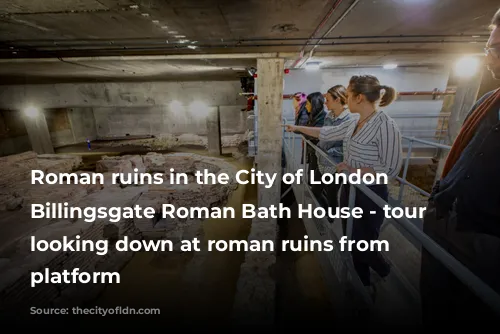
Defending Londinium: The Roman City Wall
As Londinium grew in importance, so did the need for robust defenses. Between AD 190 and AD 225, the Romans embarked on a monumental project, building a two-mile-long protective ring around the city – the Roman city wall.
Remains of this impressive wall can still be seen today, some with medieval additions. The best-preserved section can be found at Tower Hill, showcasing the classic Roman construction of squared stone blocks and triple rows of red tiles.
A hidden treasure awaits on Vine Street, where a preserved section of city wall and bastion tower, once buried beneath office buildings, is now visible through large windows. Since summer 2023, visitors can even venture inside for a closer look. Don’t forget to explore the historic objects on display, unearthed by archaeologists during the site’s excavation.
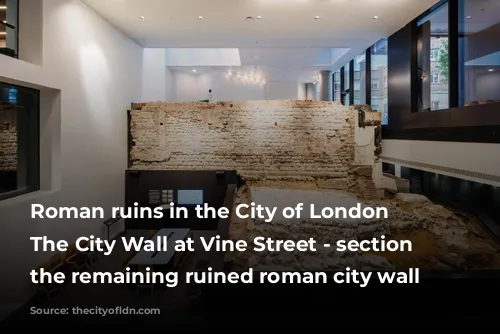
The Heart of London: The London Stone and the Temple of Mithras
One of London’s most ancient landmarks, the London Stone, believed to mark the city’s heart, can be found embedded in the wall of 111 Cannon Street. Legend has it that moving this stone would spell disaster for London’s future, so its remains are safely kept under lock and key in a glass-fronted enclosure.
Underneath the Bloomberg European headquarters lies a fascinating reconstruction of an ancient Roman temple, discovered in 1954. The Temple of Mithras, built in the 3rd century AD, was unearthed alongside jewelry, pottery, and writing tablets, marking a significant moment in British archaeology.
Immerse yourself in the temple ruins and over 600 unearthed artifacts at the London Mithraeum Bloomberg SPACE. This multi-sensory experience brings the temple to life. Entry is free, but booking is required.
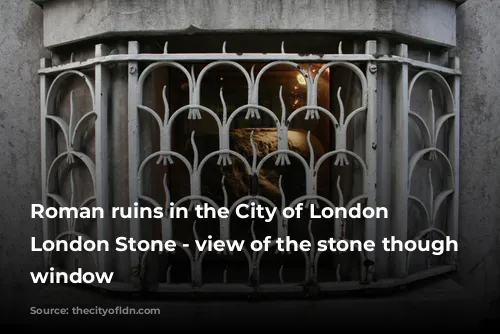
Echoes of Roman Life: All Hallows by the Tower and St Bride’s Church
Venture into the Crypt Museum of All Hallows by the Tower, one of the City’s oldest churches, and discover fragments of a Roman tessellated floor and plastered wall from a 2nd-century house. A collection of Roman artifacts and a model of the city provide insights into Roman daily life.
Continue your journey through time by exploring the crypt at St Bride’s Church, where a Roman pavement dating back to around AD 180 is preserved. A range of Roman artifacts discovered on the site are on display in the crypt museum.
The Romans dug a substantial ditch just outside the city walls, now the site of St Bride’s Church, during their conquest of London. A building, including the visible pavement, was erected here, possibly connected to one of the earliest places of worship.
From hidden bathhouses and ancient temples to the remnants of city walls and Roman pavements, London offers a captivating glimpse into its Roman past. These remarkable sites, scattered across the City, offer a unique opportunity to explore the rich history of this ancient metropolis. So, take a journey back in time, and discover the fascinating world of Roman London!





